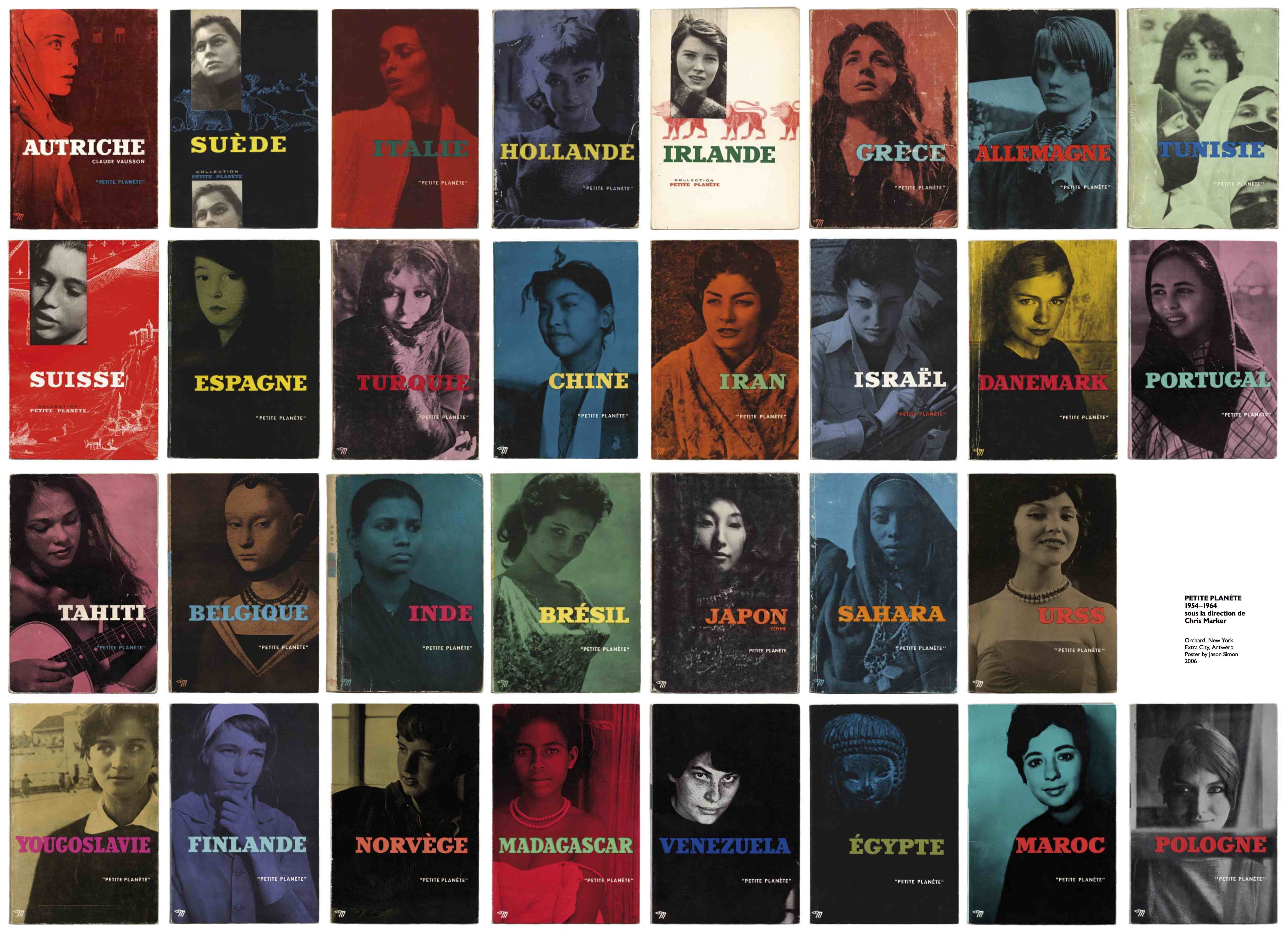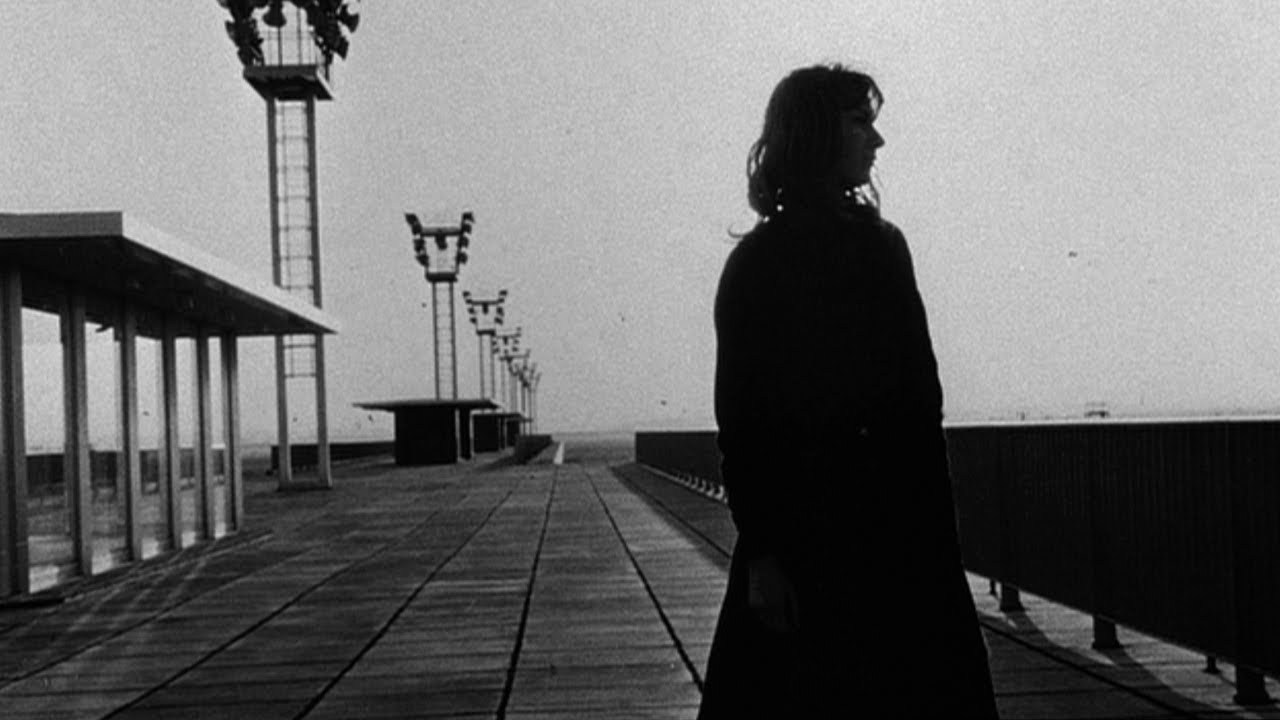
Before I describe this amazing collage of book covers, I want to get into the backstory a bit and write about travel.
What we leave behind…
I came across an excellent book (see cover above) with the title “India”, positioned as a travel guide by Vista publishers. I find travel guides to be bland and just serviceable. In fact, I picked it up because the arresting photograph on the cover of the dogeared book piqued my interest. (A neighbor of our friends — a childless friendly old lady — passed away recently. She was extraordinarily widely read in four languages, and the inheritors of her estate were giving away her books. I found this torn book in the giveaway discard pile).
In browsing her books, I saw the vignettes of her life in little newspaper clippings — a beautiful handwritten appointment card from the ladies section of a department store in New York reminiscent of scenes from Mrs. Maisel — and a collection of books that reflected her gentle, departed wisdom. I remembered the parable Witness by Borges.1 Borges wrote,
[…] yet something, or an infinite number of things, die in each death […]. There was a day in time when the last eyes to see Christ were closed forever. The battle of Junín and the love of Helen died with the death of some one man. What will die with me when I die? What pathetic or frail form will the world lose?
I wondered what I would pass on. How long would it be before the thread of meager memories of me vanishes into thin air?
India and Margaret Biardeau
Contemplation aside, the “travel book” published in 1960 turned out to be an erudite exposition on India in its 1950s, and thoughtful contemplation of India’s past. The essays were not notes from a diary, but a concerted intellectual effort to understand the peoples, not just to travel the terrain. Surprised, I found out that the narrative was translated from original essays in French written by a famous Indologist, Madeleine Biardeau. Biardeau spent a significant portion of her life in India, learned Sanskrit to read the classics, lived, and traveled among the teeming masses. She translated the Valmiki Ramayana, the works of Mandana Misra, Vacaspati Misra, and Bhartṛhari into French. Her essays display a passionate understanding of Hinduism, and a clear view of the life of newly independent India.
Biardeau elevates traditionalism but does not romanticize its current fruits. She is observant of the minutiae that slip by vacant visitors and unflinching in her criticism. Her astute observations on India’s future are quite prescient. Her style is a mixture of Naipaul’s acerbic sharpness and Stendhal’s studied observational skills. Impressively, the book has several beautifully crafted pictures on slices of Indian life that are decidedly in our past.
We know increasingly little about the daily lives in 1950s India. Except for occasional glimpses, Indian movies are too fantastical to be reliable sources of past days, there is often no easy access to news archives, and the languages are multiple and varied to understand the social mores without immersion. As a result, the recent history of the Indian republic is relegated to insignificance, lost among copious references to an exalted history and classicism traced back to the Indus Valley days. Biardeau fills this capacious void. Highly recommended.
Snapshot of the Past: A Collage of Covers
Curious about the essays and impressive photographs, I looked for other travel books published by the same publishing house. It turns out that Paris based Editions de Seuil designed and published a series of travel guides called Petite Planète. They published these travel books in French for 30+ destinations. Going by the quality of the India book, and a review of the Germany book, Petite Planète seems like an astounding series that amassed some considerable writing talent.
The covers are impressive. Put together, the covers radiate an anguishing, politically incorrect lens to promote a travel guide, compared to today’s world view. All of them (see above) focus on young women, their alluring faces off-center, and their eyes, iridescent two suns staring into the distance. The sheer brilliance in the photographs cannot be denied, even when they are not accurate representations of the delicately balanced writing in the book. They were all edited and managed by a young 33-year old Chris Marker, who became revered for other achievements.

A couple of years later, Chris Marker made his astoundingly creative, avant-garde science-fiction short called La Jetée. I do not use the term avant-garde lightly in this context. La Jetée is a film that influenced several Beatles covers, Terry Gilliam’s Twelve Monkeys,2 and writer William Gibson who exploded SF cyberpunk with his Neuromancer. Brilliantly conceived, La Jetée (1962) is only 28-minutes short and is essentially a dystopian montage of alluring still shots. Chris Marker himself called it a Photo Novel.
The Petite Planète books are out of print and hard to find.3 That is such a shame. Forgetting our past makes our future blank and empty.
Notes and references:
-
- JL Borges, Labyrinths, 1962. This book also contains the famous story of the Library of Babel. In his novel, The Name of the Rose, Umberto Eco pays homage to Borges, by naming the monk who presides over a labyrinthine library, as Jorge of Burgos.
- There is apparently a TV series, Twelve Monkeys, that I did not know about until I started writing this article.
- Here is a slideshow of scans of some pictures from the books.